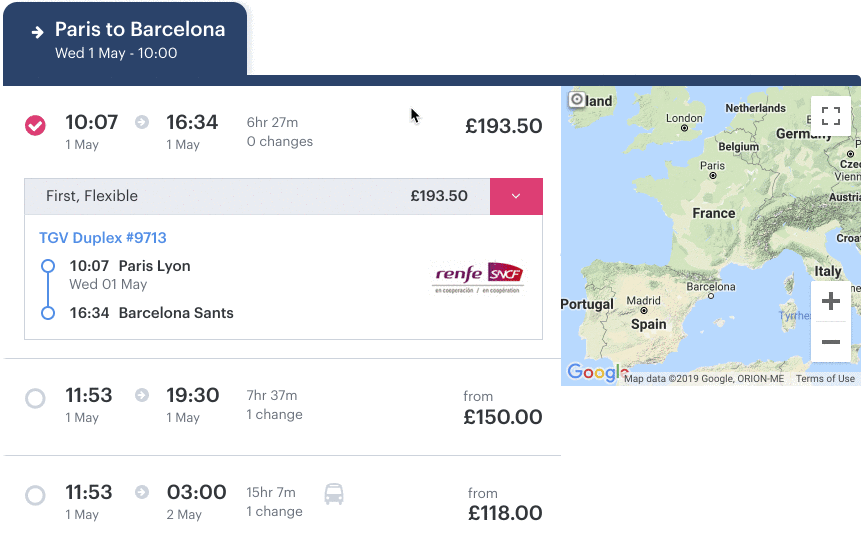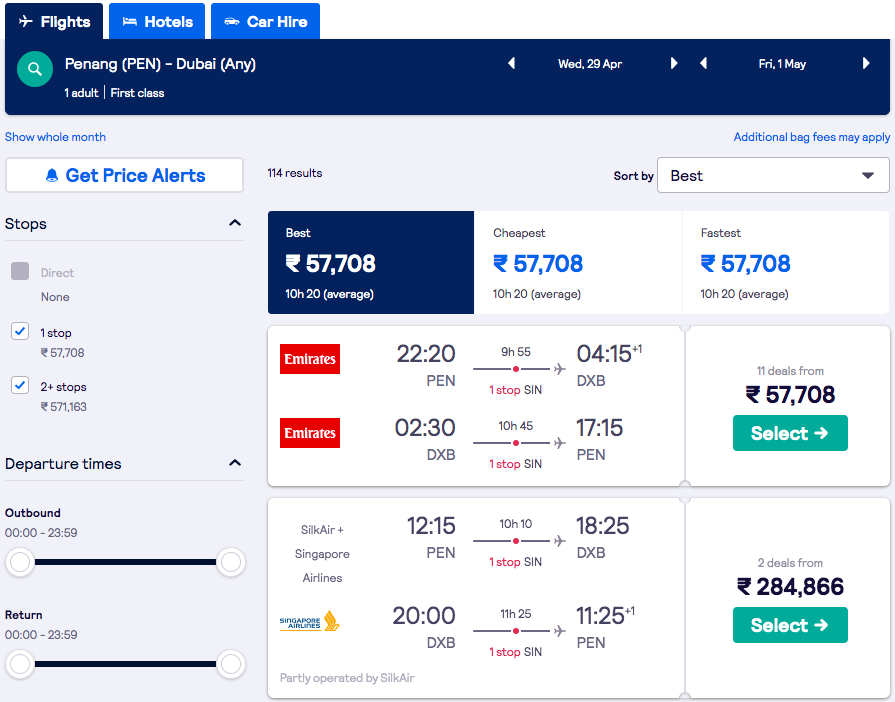Embark on a journey of opulence as we delve into the world of average first class ticket prices. From historical fluctuations to regional variations, this comprehensive guide unravels the intricate factors that shape the cost of flying in the lap of luxury.
Prepare to be captivated by the insights, comparisons, and expert analysis that will empower you to make informed decisions and elevate your first-class travel experiences to new heights.
Industry Trends
Average first-class ticket prices have exhibited significant fluctuations over time, influenced by various factors such as economic conditions, fuel costs, and competition.
During periods of economic prosperity, demand for air travel tends to increase, leading to higher ticket prices. Conversely, economic downturns result in reduced demand and lower prices. Fuel costs also play a crucial role, as airlines adjust ticket prices to offset the impact of fluctuating fuel expenses.
Impact of Competition
Competition among airlines is another key factor influencing ticket prices. In markets with multiple carriers offering similar services, competition drives down prices as airlines strive to attract customers with lower fares.
Regional Variations
The average price of a first-class ticket varies significantly across different regions of the world. Several factors contribute to these variations, including distance, demand, and airline competition.
The most expensive regions for first-class travel are typically those with long distances and high demand. For example, a first-class ticket from New York to Tokyo can cost upwards of $10,000. In contrast, a first-class ticket from London to Paris can be purchased for around $1,500.
Distance
Distance is a major factor in determining the price of a first-class ticket. The longer the flight, the more expensive the ticket will be. This is because airlines need to cover the cost of fuel, crew, and other expenses.
Demand
Demand is another important factor that affects the price of a first-class ticket. If there is high demand for first-class tickets on a particular route, airlines will be able to charge more for them. This is especially true during peak travel seasons.
Airline Competition
Airline competition can also affect the price of a first-class ticket. If there are multiple airlines offering first-class service on a particular route, they will be more likely to compete on price. This can lead to lower prices for consumers.
Airline Comparisons

The average first class ticket price can vary significantly between different airlines. Several factors contribute to these price differences, including the amenities offered, the level of service provided, and the loyalty programs available. By comparing the first class offerings of major airlines, travelers can make informed decisions about which carrier best meets their needs and budget.
Amenities and Service
- Some airlines offer more luxurious amenities in first class, such as lie-flat seats, personal entertainment systems, and gourmet dining. These amenities can add to the overall comfort and enjoyment of the flight experience, but they also come at a higher cost.
- The level of service provided in first class can also vary between airlines. Some airlines offer more attentive and personalized service, with dedicated flight attendants and priority boarding. This higher level of service can make the flight experience more relaxing and enjoyable.
Loyalty Programs
- Many airlines offer loyalty programs that allow frequent flyers to earn points or miles that can be redeemed for free flights, upgrades, and other benefits. These programs can provide significant savings for frequent travelers, especially those who fly first class.
- The value of loyalty programs can vary depending on the airline and the level of membership. Some programs offer more generous rewards and benefits than others, so it is important to compare the different programs before choosing an airline.
Competitive Landscape
The first class market is highly competitive, with airlines constantly vying for market share. This competition has led to a wide range of first class offerings, from budget-friendly options to ultra-luxurious experiences. As a result, travelers have a wide range of choices when it comes to selecting a first class airline.
To help travelers make informed decisions, we have compiled a table comparing the average first class ticket prices of major airlines. This table provides an overview of the different amenities, services, and loyalty programs offered by each airline, as well as the average cost of a first class ticket.
| Airline | Average First Class Ticket Price | Amenities | Service | Loyalty Program |
|---|---|---|---|---|
| American Airlines | $1,500 | Lie-flat seats, personal entertainment systems, gourmet dining | Dedicated flight attendants, priority boarding | AAdvantage |
| Delta Air Lines | $1,600 | Lie-flat seats, personal entertainment systems, gourmet dining | Dedicated flight attendants, priority boarding | SkyMiles |
| United Airlines | $1,700 | Lie-flat seats, personal entertainment systems, gourmet dining | Dedicated flight attendants, priority boarding | MileagePlus |
| Emirates | $2,000 | Private suites, gourmet dining, personal entertainment systems | Dedicated flight attendants, priority boarding, chauffeur service | Skywards |
| Qatar Airways | $2,200 | Private suites, gourmet dining, personal entertainment systems | Dedicated flight attendants, priority boarding, chauffeur service | Privilege Club |
Seasonality and Peak Times

Seasonality plays a significant role in determining the average first class ticket prices. During peak travel periods, such as holidays and business travel seasons, demand for first class seats increases, leading to higher prices. Conversely, during off-peak times, airlines offer discounts and promotions to fill empty seats, resulting in lower prices.
Peak Travel Periods, Average first class ticket price
- Holidays:Christmas, New Year’s Eve, Thanksgiving, and other major holidays are typically peak travel periods, with higher demand and prices for first class tickets.
- Business Travel Seasons:Spring and fall are often peak seasons for business travel, as companies conduct conferences, meetings, and other events. This increased demand can drive up first class ticket prices.
Off-Peak Times
Off-peak times offer the best opportunities to find deals on first class tickets. These periods typically occur during the shoulder months (April-May and September-October), as well as during the winter months in some destinations.
- Shoulder Months:The months just before and after peak season (April-May and September-October) often have lower demand and prices for first class tickets.
- Winter Months:In certain destinations, winter months can be off-peak, with fewer tourists and lower demand for first class seats.
Tips for Finding Deals:
- Book in Advance:Airlines often release discounted fares for first class seats several months in advance. Booking early can help you secure a better deal.
- Be Flexible:If your travel dates are flexible, you can often find lower prices by flying on less popular days or during off-peak hours.
- Consider Off-Peak Destinations:Flying to less popular destinations during off-peak times can significantly reduce the cost of a first class ticket.
Luxury Amenities and Services: Average First Class Ticket Price
First class cabins are designed to provide passengers with an unparalleled travel experience, featuring an array of amenities and services that cater to the most discerning travelers. These amenities, such as lie-flat seats, gourmet dining, and exclusive lounges, significantly contribute to the premium pricing of first class tickets.
Lie-flat Seats
Lie-flat seats are a hallmark of first class travel, offering passengers the ability to stretch out and relax during long-haul flights. These seats typically recline to a fully horizontal position, providing ample space to sleep or simply unwind. Some airlines even offer suites with enclosed seating areas, creating a private and luxurious sanctuary in the sky.
Gourmet Dining
First class passengers are treated to exquisite culinary experiences, with menus curated by renowned chefs and a wide selection of fine wines and spirits. Meals are often served on fine china and accompanied by attentive service, creating a dining experience that rivals the finest restaurants.
Exclusive Lounges
First class passengers have access to exclusive lounges at airports, providing a tranquil oasis away from the hustle and bustle. These lounges offer amenities such as comfortable seating, complimentary snacks and beverages, and dedicated workspaces, allowing passengers to relax, refresh, and prepare for their flight in style.
Value Proposition
The value proposition of first class travel lies in the unparalleled comfort, privacy, and exclusivity it offers. For discerning travelers who value their time and well-being, the premium amenities and services of first class provide a transformative travel experience that is worth the investment.
Future Trends
The future of first-class air travel is poised to be transformed by emerging trends, including technological advancements, evolving passenger expectations, and industry adaptations.
Technological advancements, such as biometrics and virtual reality, are expected to enhance the first-class travel experience. Biometrics can streamline check-in and boarding processes, while virtual reality can offer immersive in-flight entertainment.
Adapting to Evolving Needs
Airlines are adapting to meet the evolving needs of first-class travelers, such as increased demand for personalized services and amenities.
- Airlines are offering tailored services, such as pre-flight dining and chauffeur services, to cater to the discerning tastes of first-class passengers.
- Airlines are investing in cabin upgrades, such as wider seats, improved entertainment systems, and enhanced dining options, to provide a more luxurious and comfortable travel experience.
Ultimate Conclusion
As we conclude our exploration of average first class ticket prices, it becomes evident that this exclusive travel segment is a complex tapestry woven with economic, competitive, and experiential threads. Understanding these dynamics empowers travelers to navigate the intricacies of the market, secure the best deals, and indulge in the unparalleled comfort and amenities that define first-class air travel.
FAQs
What factors influence average first class ticket prices?
Economic conditions, fuel costs, competition, airline pricing strategies, distance, demand, and seasonality.
Which regions offer the most expensive first class tickets?
North America, Europe, and the Middle East.
How can I find the best deals on first class tickets?
Travel during off-peak times, consider budget airlines, and take advantage of loyalty programs.
